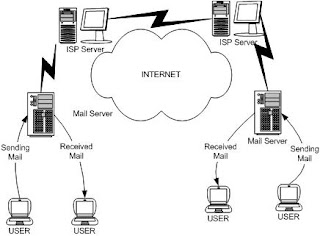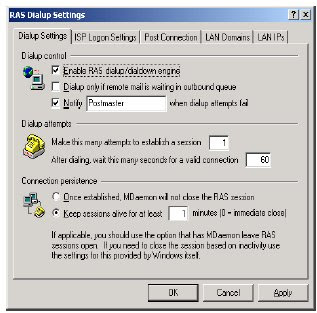Many civil people feel enough in protecting its PC with a program a kind of firewall desktop and anti spy firewall.
In fact, still many gap at firewall which you used, can be exploited by online watcher hacking on your PC
Below is a tips to protect PC from internet tapping in a LAN party, W-LAN or home connection as my experience.
Activated your Firewall:In course of online tapping or infection, usually the first step do by hacker is collect information and data concerning victim to be tapped. Usually hacker use information compiler tools like “
Nmap” (
http://www.insecure.org/nmap), hereinafter hacker will check open port at victim PC and also
TCP/IP package sent from PC into Network. This matter to get specific information is called
print finger from victim PC.

The others way, hacker usually try to get deeper information by delivering an
E-mail bait to victim (victim will open the e-mail through
Microsoft Outlook program which integrated in its
Windows). From bait E-mail answered, hence hacker directly can check what kind of E-mail software and server client install in victim PC.
A lot of “software bug” site, discuss about weak of E-mail software and server client according to each version, but I’m not talking about that weak at this post.
The way of which you can use as protection early is firewall desktop. If you do not wish to use special firewall or commercial, hence you enough activate personal firewall that found on
Windows XP service pack 2. Comprehend firewall application path and activity which you use in order not to harm you.
Ascertaining your pc clear of Virus and Trojan, before install the firewall.
Configure your firewall with carefully in each application requiring to access online and also access sharing file in existing network.
After getting information about victim PC, usually hacker can start tapping, it is of course with two important tools that is " Ethereal" and "ARP-Spoofer". With ARP-Spoofer, hacker can take information which pass by victim PC with Gateway Internet access and that information package can be opened with “Ethereal (
http://www.ethereal.com)”.
To overcome matter above, we have to encrypt our Webmail connection through https band. Do not use http band, better avoid to use ftp band and telnet, because can be sabotaged by hacker. You can use SSH connection to replace ftp band or the telnet. The existing constraint is there is very rare web server providing https service and the SSH.
One of the common Mail which use HTTPS is
GMail. Whereas for the important and confidential folder in the PC better do Encrypt. Its data content with right click on folder that you want to Encrypt, its way open part: Properties – Advanced – Encrypt content to protect data. But this matter can be done if your XP windows system file is use NTFS type. By use NTFS system file, we also can block out to access rights access certain consumer.
With DNS spoofing, hacker can do deflection instructing PC victim to spurious website. This deflection is easy to do because DNS protocol is not have any security mechanism. This matter can be prevented by using good firewall application.
At firewall nowadays, usually DNS cache keep with elegantly, so when we ever visit to previous website, hence DNS spoofing we can prevent.
Recognize to access autoexec at registryIf hacker have succeeded tap your pc, usually they always prepare backdoor to facilitate hacking access in other opportunity. One of the effort draw up backdoor is by altering victim pc system file. But this matter can be easy to detect to through antivirus program.
The way of more realistic to all hacker by placing Trojan in our PC, then run through one of the "
Autoexec" what running with autoexec in other Windows system. In anticipating this matter, which we do with install additional tools “Autorun” from Sysinternalsi (
http://www.systernals.com).
With this tool can display lot of autoexec exist in our system. Autoruns also can show signature from autoexec exist in our pc system. If found autoexec entry which unknown and identify as trigger Trojan, hence Autoruns can turn off it. With this tool, we assisted in eliminating against backdoor which is possible left by hacker in our pc.
Besides trick above, to avoid tapping, suggested do not use User Administrator when surf in internet, then arrange your explorer internet security setting to High Level Security setting.
And don't forget to always Update your Windows, especially when newest update improve many Security system on your PC.
 Every TCP package have 'flag bit’ defining content and intention of each package.
Every TCP package have 'flag bit’ defining content and intention of each package.














